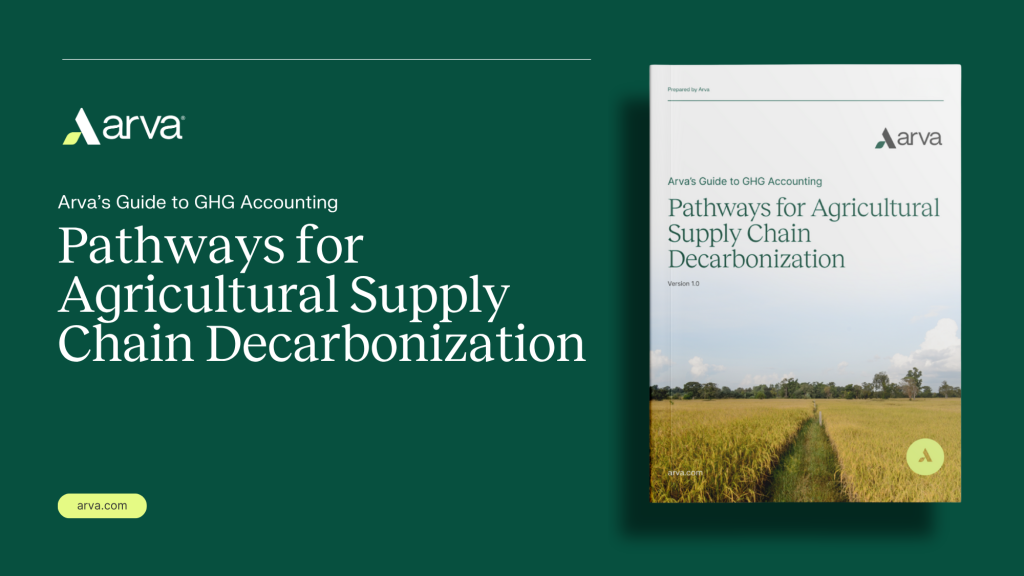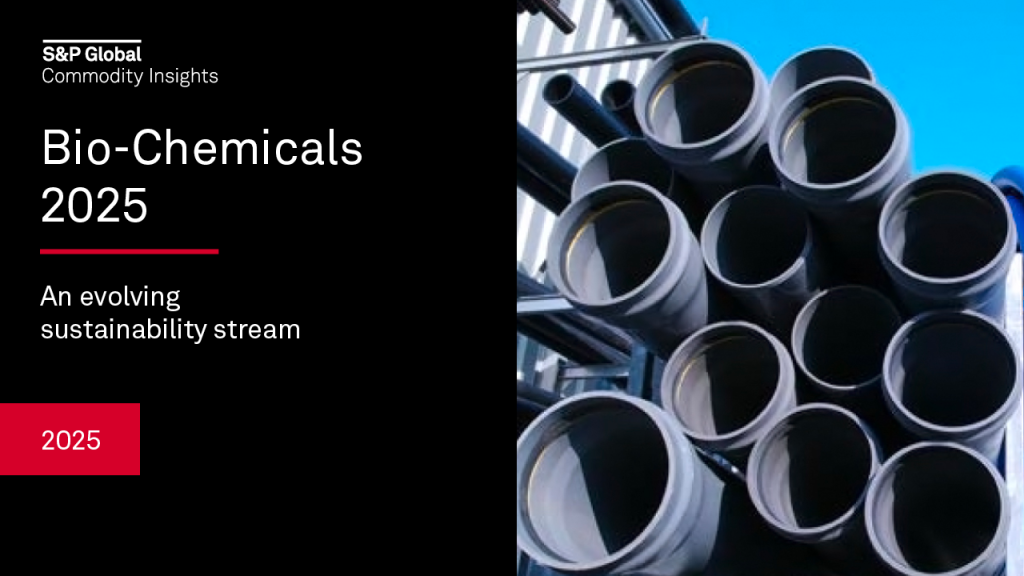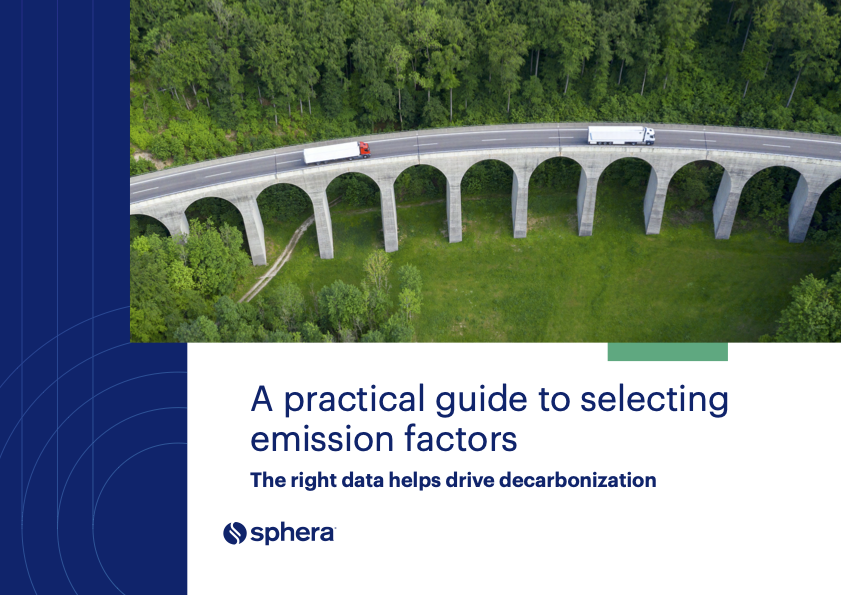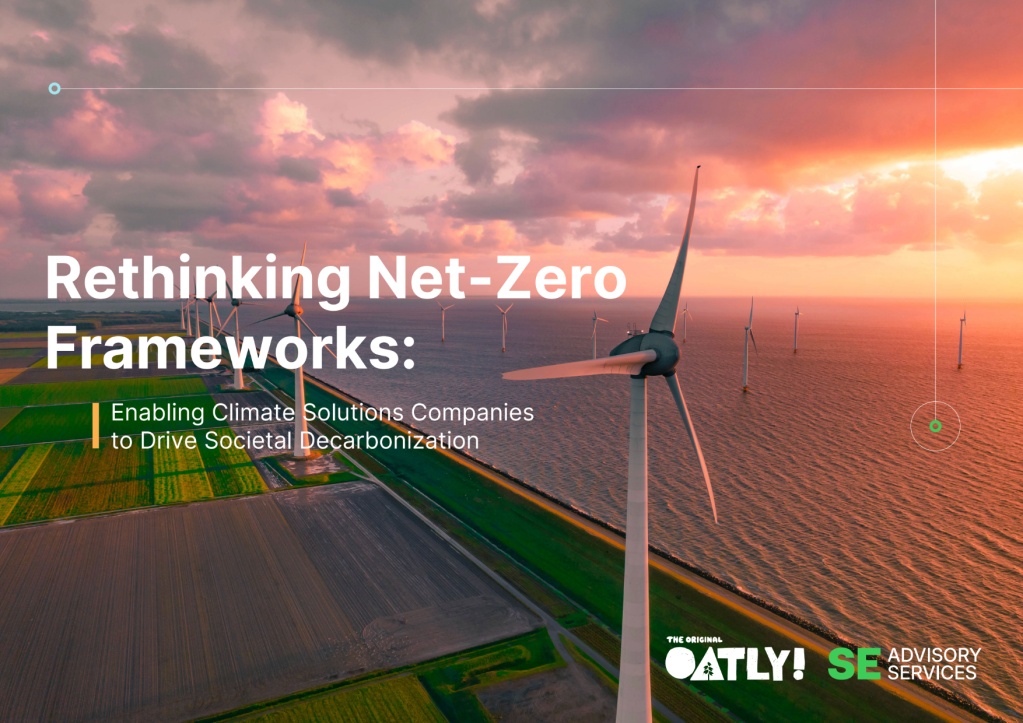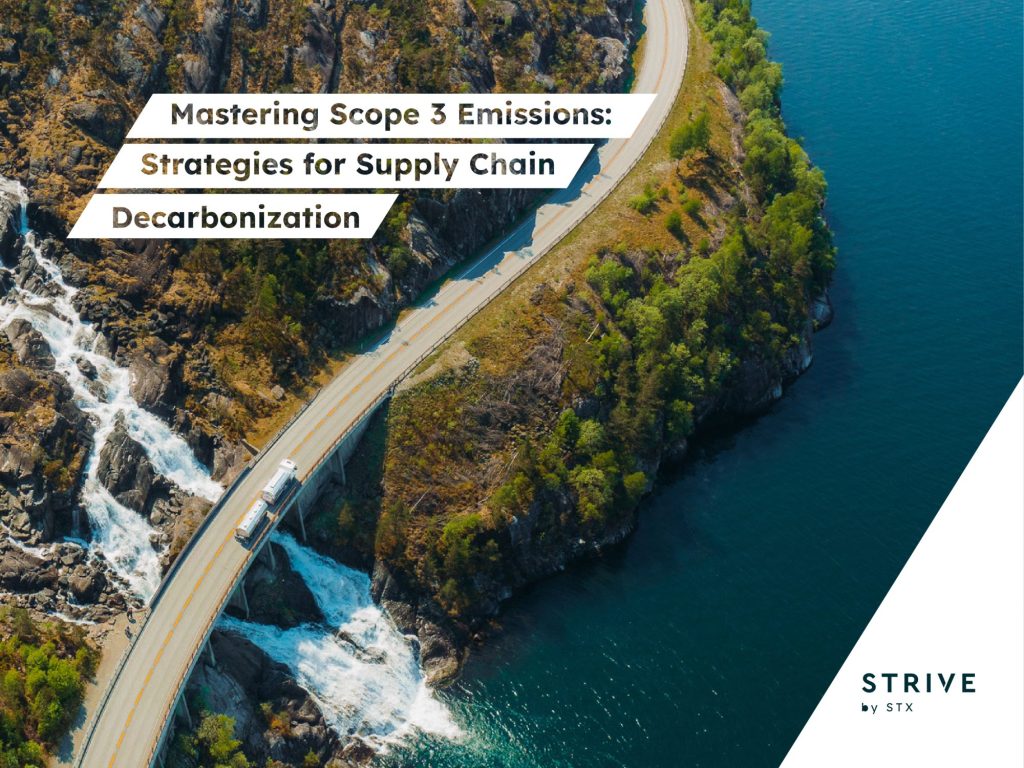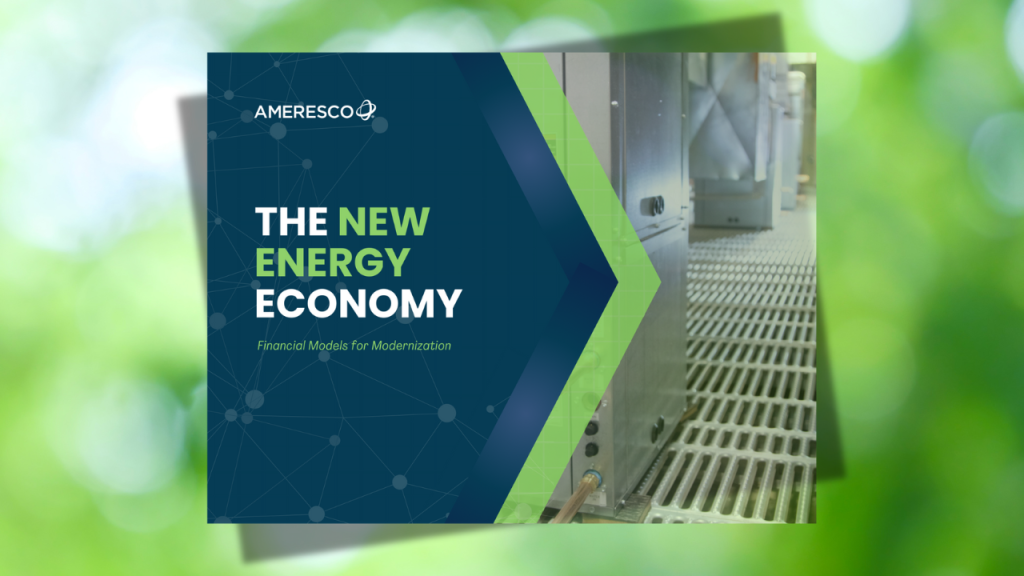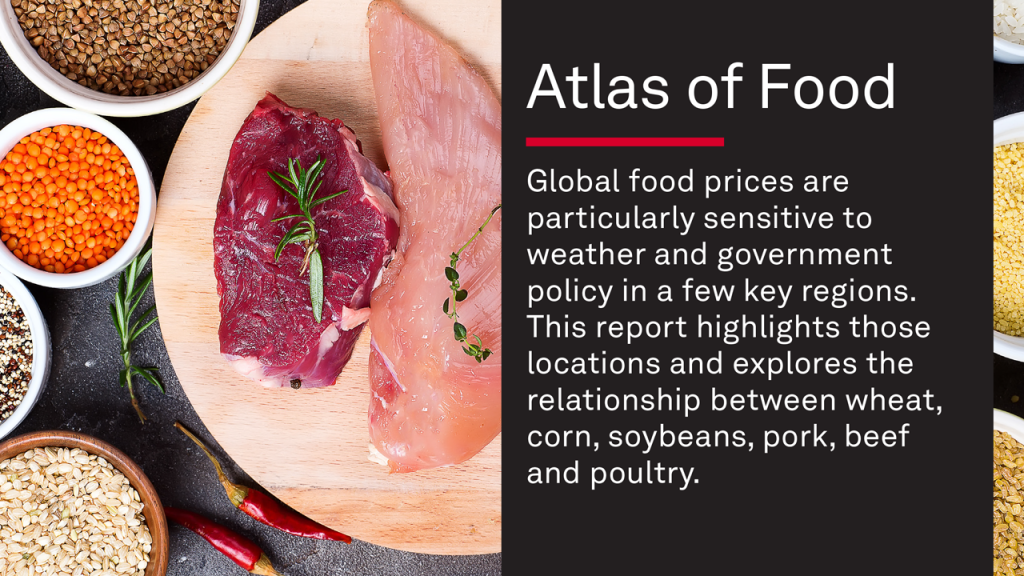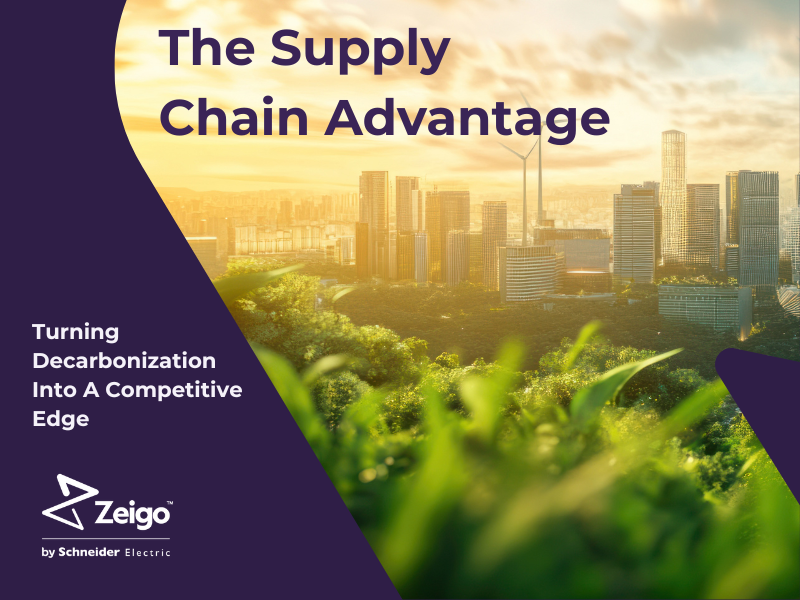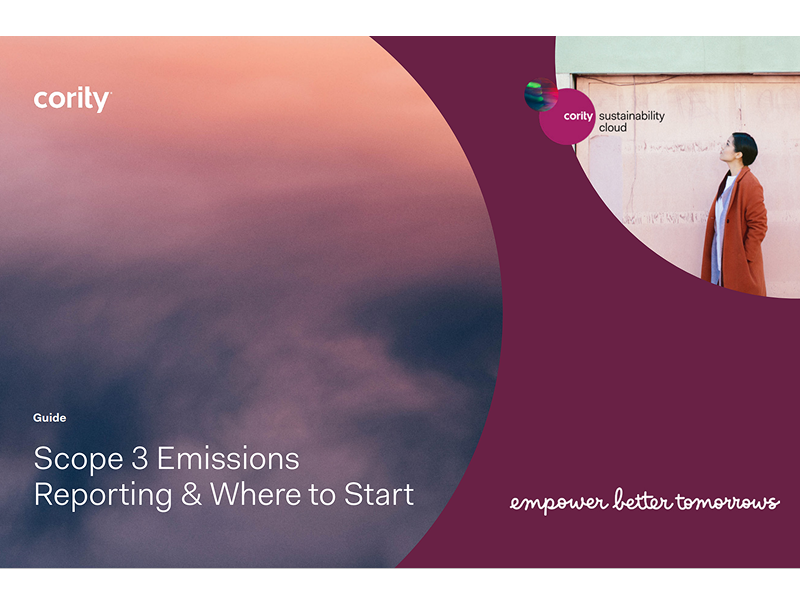Mega-scale forest carbon programs have major promise — and big challenges
“There's a lot that can go wrong," said Barbara Haya, director of the Berkeley Carbon Trading Project. Read More
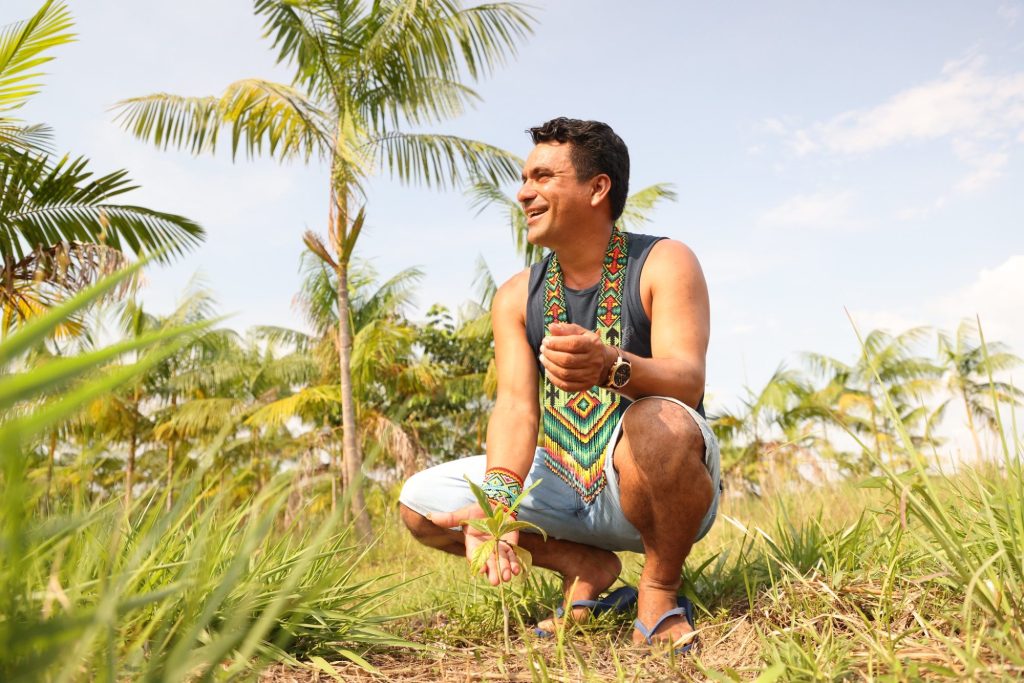
- “Jurisdictional” forest programs are designed to improve on fragmented, project-based forest conservation work.
- Buyers of forest carbon credits must conduct due diligence to ensure they are investing in a high integrity program.
- Controversy, as in the case of Pará, Brazil, is not always a bad thing; systems need to evolve to tackle large-scale deforestation.
Vast government-managed forest conservation programs are launching in the tropics, to limit deforestation and reduce corporate carbon emissions.
Unlike project-based programs, which impact limited parcels of land and are typically managed by private developers or NGOs, these “jurisdictional” programs, as they are known, cover emissions reductions across an entire country or state with standardized baselines, monitoring and safeguards.
By offering government-validated credits at such a massive scale, these programs aim to minimize such issues as leakage (when deforestation migrates) and double counting (when more than one entity uses the same credit to make a reduction claim) by providing a way to consider all land-use changes within the jurisdiction.
Implementation, however, has met with some skepticism. In Brazil, for instance, a public prosecutor is challenging one $180 million forest conservation program in the state of Pará.
While the jurisdictional approach is relatively untested, proponents argue that outsized interventions like these are needed to combat today’s alarming scourge of deforestation, which releases large amounts of stored carbon dioxide into the atmosphere.
Inevitably, evaluating jurisdictional programs and the credits they offer will be a necessary art for business leaders engaging with voluntary carbon markets.
“There’s a lot that can go wrong, especially when you’re working deep in forests with Indigenous groups and sometimes in contested territories,” said Barbara Haya, director of the Berkeley Carbon Trading Project. “You really need to know the program well before you can in good conscience give donations or buy these credits.”
What are jurisdictional forest programs?
Forest conservation is the largest source of carbon credits on the voluntary carbon market, accounting for about 25 percent of the inventory. But the current network of individual, disconnected projects has produced mixed results.
“Despite more than $3 billion in aid for REDD and close to a half billion carbon credits awarded over the last 20 years … deforestation is still continuing at an alarming rate,” found a study by the Berkeley Carbon Trading Project. REDD stands for Reducing Emissions from Deforestation and forest Degradation. The framework helps countries value projects to address deforestation.
In expanding the project model to cover so much more territory, jurisdictional programs bring to bear more accurate measurements, more coordinated enforcement efforts and much farther-reaching solutions. Conventional projects average around 200,000 hectares. Jurisdictional programs often require a minimum area of 2.5 million hectares for certification; that’s about the size of Massachusetts.
Governments in Ecuador, Costa Rica, Ghana and Brazil have all set up jurisdictional programs. Generated carbon credits are owned by the state and sold directly to buyers through purchase agreements, or through other entities as determined by the government.
While many critics argue that jurisdictional programs don’t adequately compensate for corporate carbon emissions, most acknowledge that the system is an improvement over the fragmented project model.
Problems in Pará
The jurisdictional program being created by the Brazilian state of Pará covers an area about three times the size of California. The state has reached a deal with the LEAF Coalition, which represents companies like Amazon, Bayer and the Walmart Foundation, to purchase 12 million carbon credits at $15 each.
The challenge filed by Brazil’s public prosecutor cites an illegal forward sale of credits and inadequate consultation with Indigenous groups, among other objections.
People working with the program counter that the process has only just begun, and no credits have been sold. Pará’s community consultation process, one of the largest in Brazil’s history, will help determine the benefit-sharing agreement. Project development is being allowed to continue while the lawsuit unfolds.
“I can’t overstate how challenging it is to involve so many people in such a huge place as Pará,” said José Octavio Passos, Brazilian Amazon director of The Nature Conservancy. “Sometimes, it takes three days by boat to get to people. It’s a very expensive, complex process that involves multiple communities that speak different languages.”
Due diligence essentials
Here are some tips for navigating the new world of jurisdictional forest programs and the carbon credits market.
1. Check the certification
Accredited certification standards include ART TREES, Verra JNR and FCPF. Each attaches specific requirements to program approval.
ART TREES is the most widely used standard for jurisdictional programs. To be certified, programs must do annual monitoring with internal quality checks and submit monitoring reports for three years of the five-year certification period.
If a program is certified by an organization you don’t recognize, there are two things to look for: “One is whether the methodology has a CCP label by the Integrity Council for the Voluntary Carbon Market (ICVCM),” said Gabriel Labbate, the UNEP’s head of the climate mitigation unit and the UN-REDD program. “I would also check with CORSIA, the carbon market for international aviation that undertakes an assessment of methodologies.”
Approval by these bodies is a strong initial indicator of a high-integrity program.
2. Review the independent audit
Before any credits can be issued, independent audits must verify that a program is adhering to its certification, its baseline measurements are accurate and emissions reductions are, in fact, occurring. Certification bodies also require adequate community consultations, which auditors will verify.
“The system will go through an audit process before it can issue credits,” said Octavio Passos. “In the case of Pará, an auditor will check all the specifications, particularly the safeguards and consultation process.”
3. Understand local context
Different regions have different deforestation drivers, so the program must be tailored to address conditions on the ground in collaboration with local stakeholders.
Implemented properly, mega-scale programs can be a powerful tool that drives systems change not just for forest protection, but for human rights, as they bring added scrutiny to coverage areas.
“Jurisdictional REDD programs are government policy, really,” said Jamey Mulligan, head of carbon neutralization at Amazon. “It’s legal protection for the forest and enforcement of those protections. It’s better agricultural sector planning. It’s recognition of Indigenous rights. It’s all of those things.”
Understanding the local context is also important to avoid programs that enable or exacerbate social harms.
“If you have a country in which you see widespread human rights abuses in rural areas, that’s something I would look at,” said Labbate. “In these times, though, it would be very unlikely that Verra or ART TREES would allow any abuse to go forward.”
4. Take account of community involvement and benefit sharing
Jurisdictional programs must also determine what percentage of revenues goes to local communities and what percentage to the government, to manage the system as a whole.
For example, Acre, another state in Brazil with a jurisdictional program, recently announced that 72 percent of proceeds will go to Indigenous communities and other local groups.
Whatever the split, though, inclusion and deference to community opinion is key.
“A high-quality program needs to ensure that inclusive participation mechanisms are in place from the earliest stages of design and that community governance structures are involved in overall decision-making,” said Josefina Braña Varela, vice president and deputy lead of forests at the World Wildlife Fund.
5. Know your risk vs. reward appetite
What happens in Pará will help determine the parameters and practices of future state- and country-wide projects. That said, some experts believe that confrontation and conflict, while inadvisable from a reputational risk standpoint, will be necessary parts of the process.
“You have to have tough conversations,” said Mulligan. “We can’t solve global deforestation without governments getting together with Indigenous peoples and local communities to work through the challenges: How are we going to work together? How are we going to share resources? What are our respective roles? These are the conversations that need to be had.”

Subscribe to Trellis Briefing
Featured Reports

